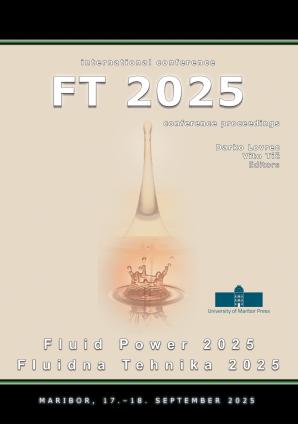Automated Detection of Compressed Air Leakage in Pneumatic Stations
Synopsis
Effective detection of compressed air leaks is crucial for improving energy efficiency in pneumatic systems. In this paper, we present an automated leak detection approach for a pneumatic workstation using integrated pressure and flow sensors. The system monitors the baseline operating cycle and identifies anomalies such as excess air consumption or pressure drops that indicate leakage. A Beckhoff PLC with TwinCAT 3 was used to collect real-time data, and a parallel simulation model was developed in Automation Studio to validate the approach. Experimental results from both simulation and a physical pneumatic station demonstrate that flow-based measurements are far more sensitive to small leaks than pressure-based methods. Even a 1 mm diameter leak orifice produced a significant increase in airflow consumption with minimal detectable pressure change. The comparison between simulated and real-world leak scenarios confirms the viability of continuous sensor-based monitoring for early leak detection in pneumatic systems.







